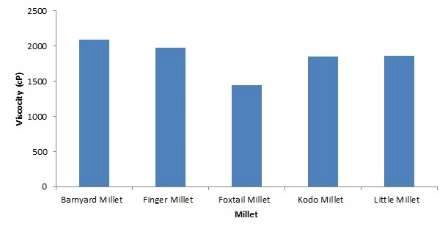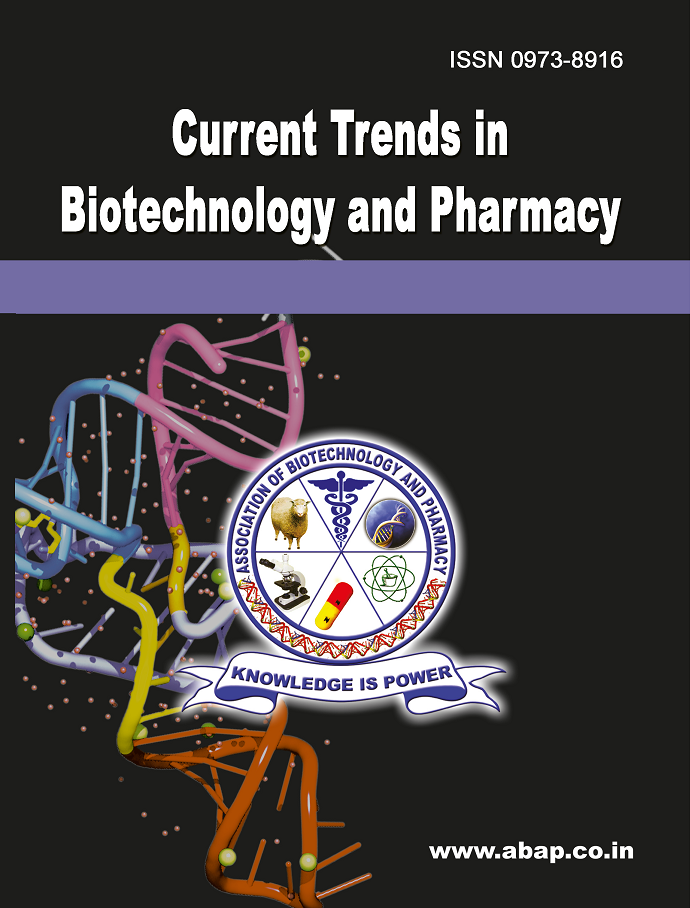Preformulation Analysis of Millet-Derived Starches: A Comparative Study
DOI:
https://doi.org/10.5530/ctbp.2025.2s.3Keywords:
Barnyard Millet, Finger Millet, Foxtail Millet, Kodo Millet, Little Millet, StarchAbstract
Starch is a widely utilized excipient in the pharmaceutical industry, playing essential role as a multi functional adjuvant. While starches from rice, wheat, maize, corn and potato have traditionally been used, there is growing interest in alternative raw materials driven by sustainability and the demand for nutrient-rich options. Millets, small-seeded grains known for their high nutritional value and wide cultivation, present a promising alternative to conventional starch sources. This study aimed to isolate and evaluate starches from barnyard millet, finger millet, foxtail millet, kodo millet and little millet. The isolated starches were characterized for different parameters. The results revealed that the starch isolated from barnyard millet exhibited favorable rheological properties, indicating its suitability as an effective excipient. Granules were prepared using starch paste from the different millet species, and their micrometric properties were evaluated. Tablets were then formulated with these granules and subjected to various quality control tests. The results confirmed that barnyard millet starch demonstrated favorable rheological properties and served as an excellent binder, making it a promising alternative for pharmaceutical applications.



